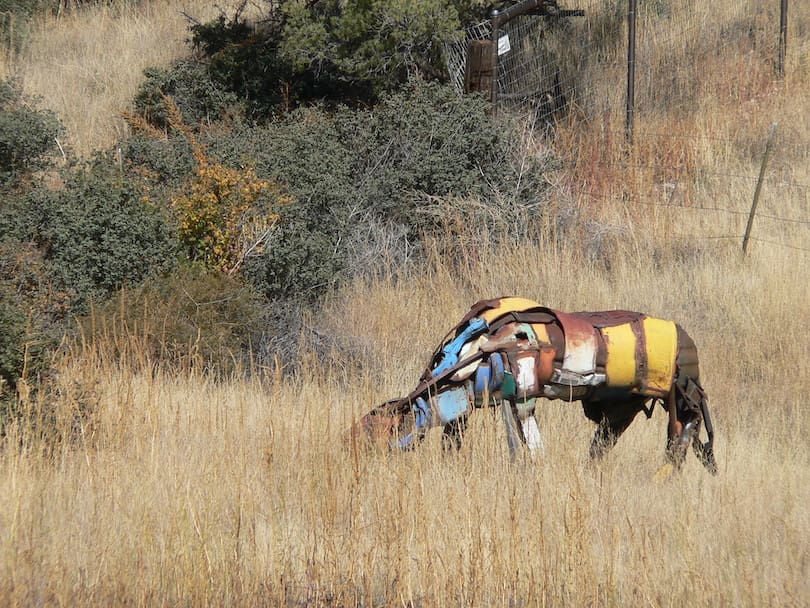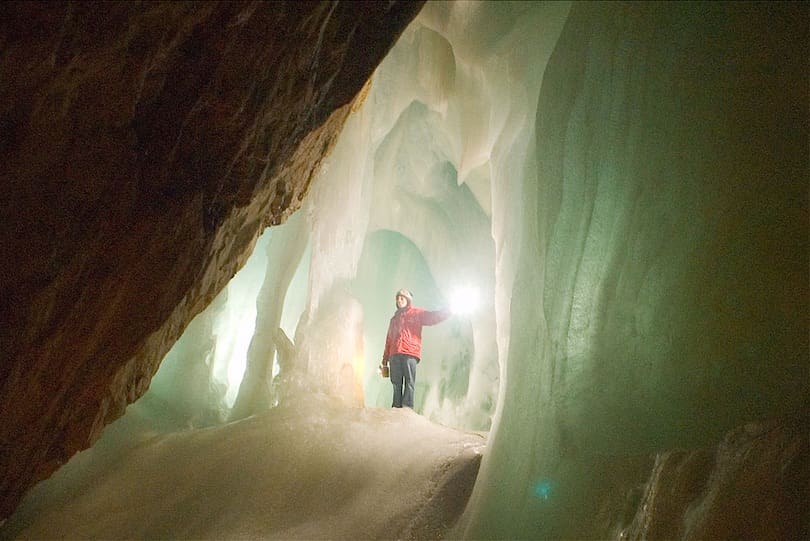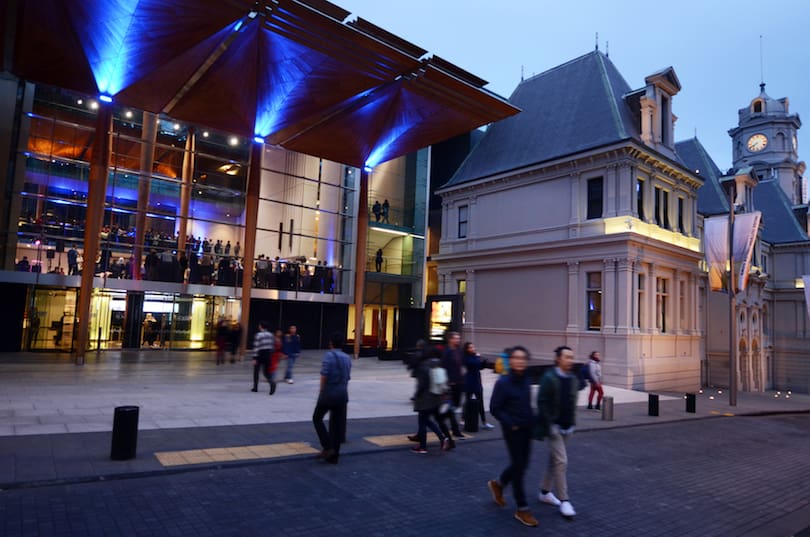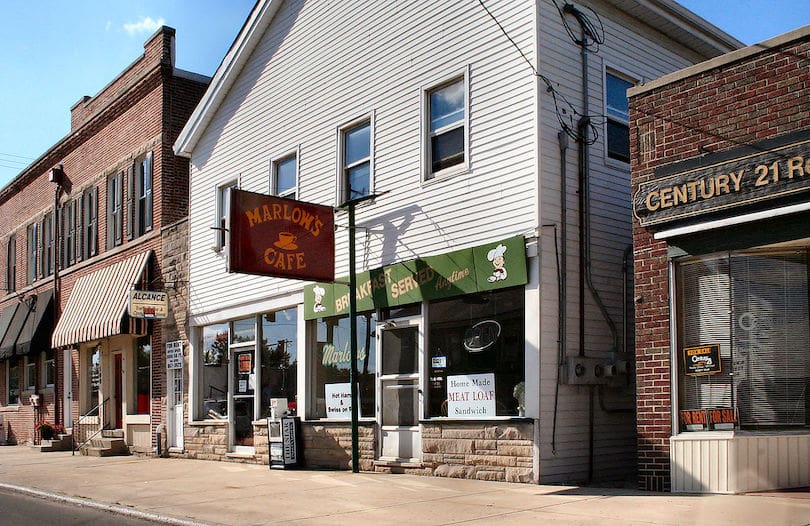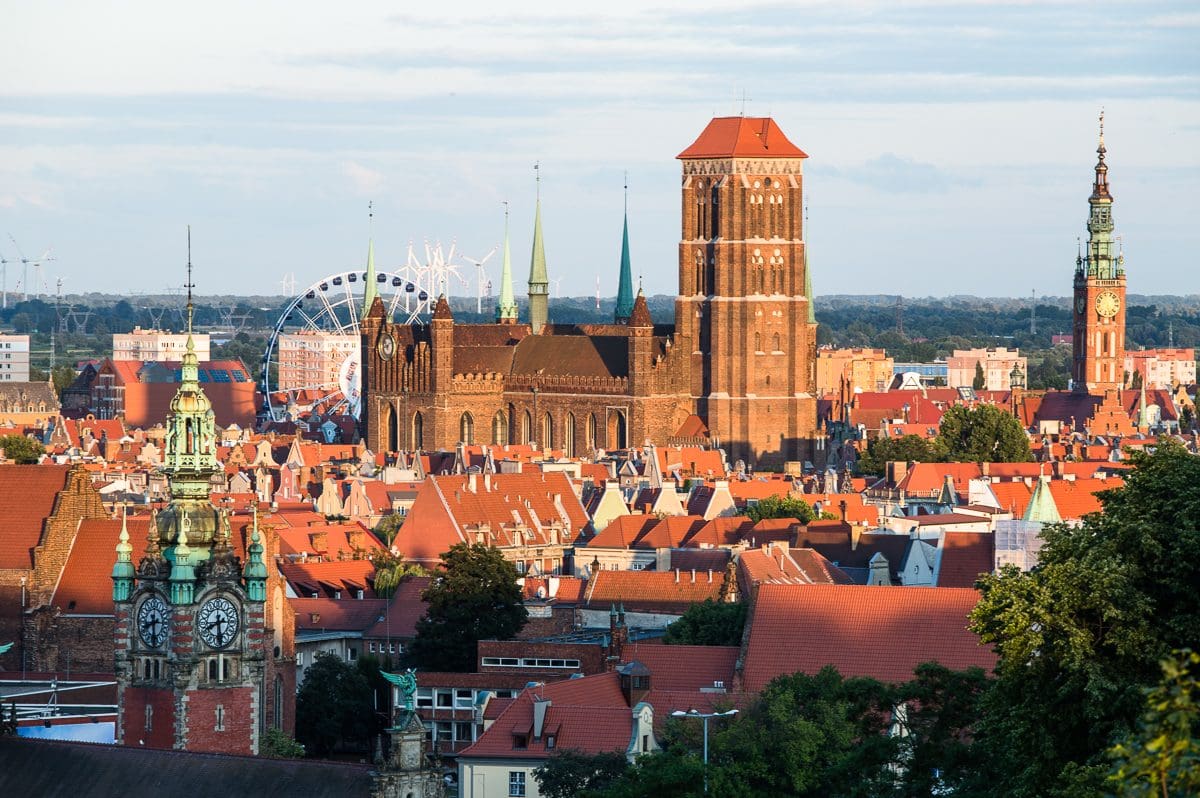Mexico City, the vibrant capital of Mexico, offers a myriad of attractions that enthrall travelers from all over the world. With its rich history, cultural heritage, and diverse neighborhoods, this bustling metropolis has something for everyone. From ancient ruins to contemporary art galleries, Mexico City seamlessly blends tradition and modernity. In this article, we’ll explore the top ten tourist attractions that should be on your must-visit list when exploring Mexico City.
1. Historic Center: A Window into Mexico’s Past
Zócalo and the Metropolitan Cathedral
At the heart of Mexico City lies the Zócalo, one of the largest public squares in the world. This historic plaza is surrounded by impressive buildings, including the Metropolitan Cathedral. As the largest cathedral in the Americas, this architectural masterpiece stands as a symbol of the country’s deep-rooted Catholic heritage.
Templo Mayor and the Aztec Ruins
Just a stone’s throw away from the Metropolitan Cathedral, you’ll find Templo Mayor, the main temple of the Aztecs in their ancient capital of Tenochtitlán. Excavations have revealed a complex network of temples and structures that offer a glimpse into the Aztec civilization that once thrived in the area.
Palacio de Bellas Artes
A true gem of Mexico City’s architectural and artistic scene, the Palacio de Bellas Artes showcases a harmonious blend of Art Nouveau and Art Deco styles. Inside, visitors can admire stunning murals by renowned Mexican artists, including Diego Rivera and David Alfaro Siqueiros.
2. Chapultepec Park: Nature and Culture Combined
Chapultepec Castle
Perched atop Chapultepec Hill, Chapultepec Castle overlooks the city and offers breathtaking panoramic views. This historic site houses the National History Museum, providing visitors with insights into Mexico’s past. Strolling through its lush gardens and exploring its halls is like stepping back in time.
National Museum of Anthropology
Considered one of the world’s finest museums of its kind, the National Museum of Anthropology boasts an extensive collection of archaeological and anthropological artifacts from Mexico’s pre-Columbian civilizations. From the imposing Aztec Stone of the Sun to intricate Mayan sculptures, the museum is a treasure trove of cultural heritage.
Chapultepec Zoo
Located within Chapultepec Park, the Chapultepec Zoo is a family-friendly attraction where visitors can encounter a diverse range of animals. With over 200 species, including elephants, lions, and rare Mexican species, the zoo provides an educational and entertaining experience.
3. Xochimilco: Navigating the Canals of Mexico City
Traditional Trajinera Boats
Embark on a journey through the picturesque canals of Xochimilco aboard a colorful trajinera boat. These flat-bottomed vessels, adorned with vibrant decorations, allow visitors to leisurely explore the waterways while enjoying delicious food and lively music.
Floating Gardens of Xochimilco
The floating gardens, known as chinampas, are a unique horticultural system created by the ancient Aztecs. These artificial islands are still used today to grow flowers, fruits, and vegetables. Experience the tranquility of the gardens as you float by and appreciate the beauty of this UNESCO World Heritage site.
Cultural Festivities and Mariachi Music
Xochimilco is not only known for its scenic beauty but also for its vibrant cultural traditions. Visitors can witness colorful festivals and celebrations throughout the year, complete with traditional music, dance, and mariachi bands. Immerse yourself in the festive atmosphere and join the locals in their joyful revelry.
4. Teotihuacan: Exploring the Ancient Pyramids
Pyramid of the Sun
A short distance from Mexico City, the ancient city of Teotihuacan awaits with its awe-inspiring pyramids. The Pyramid of the Sun, the largest pyramid in the complex, stands as a testament to the city’s former grandeur. Climb its steps to reach the top and marvel at the panoramic vistas of the surrounding landscape.
Pyramid of the Moon
Adjacent to the Pyramid of the Sun, the Pyramid of the Moon offers another remarkable sight. This pyramid holds significant religious and ceremonial importance, and its well-preserved structure allows visitors to appreciate the architectural prowess of the ancient Teotihuacanos.
Avenue of the Dead
Connecting the various structures in Teotihuacan is the Avenue of the Dead, a wide thoroughfare lined with ruins and temples. Take a stroll along this ancient road and imagine the bustling life that once thrived in this ancient city.
5. Coyoacán: A Bohemian Neighborhood with Rich History
Frida Kahlo Museum
Coyoacán, a charming neighborhood in Mexico City, was once home to renowned artist Frida Kahlo. The Frida Kahlo Museum, also known as the Blue House, showcases her life and works, providing a glimpse into the world of this influential painter.
Leon Trotsky Museum
Another historical gem in Coyoacán is the Leon Trotsky Museum. It was once the home of the exiled Russian revolutionary, and today it houses a collection of artifacts and exhibits that delve into Trotsky’s life and political legacy.
Colorful Streets and Marketplaces
Coyoacán’s streets are filled with vibrant colors, colonial architecture, and a lively atmosphere. Explore the neighborhood’s plazas, such as Plaza Hidalgo and Plaza Centenario, which are surrounded by cafes, restaurants, and artisanal markets, offering a delightful sensory experience.
6. Museo Soumaya: A Spectacular Art Collection
Architectural Marvel of the Building
The Museo Soumaya stands as a true architectural marvel in Mexico City. Designed by Fernando Romero, the building’s unique shape and reflective exterior make it a captivating sight. Its curvaceous structure houses an extensive art collection that spans centuries and continents.
Diverse Artworks on Display
Inside the Museo Soumaya, art enthusiasts can explore an impressive collection that includes works by European masters like Van Gogh and Rodin, as well as Mexican artists such as Diego Rivera and Rufino Tamayo. From paintings to sculptures, the museum offers a comprehensive artistic journey.
Cultural and Educational Programs
The Museo Soumaya not only serves as a repository for art but also hosts various cultural and educational programs. Visitors can attend art workshops, lectures, and performances that enrich their understanding and appreciation of the arts.
7. Zona Rosa: Shopping and Nightlife Hub
High-End Boutiques and Designer Stores
Zona Rosa, known for its vibrant atmosphere, is a shopping paradise. Here, fashion enthusiasts can indulge in luxury brands, high-end boutiques, and trendy designer stores. From international labels to local designers, Zona Rosa offers a wide array of fashion options.
Lively Restaurants and Bars
When the sun sets, Zona Rosa comes alive with its bustling nightlife. The neighborhood boasts a plethora of restaurants, bars, and clubs catering to various tastes. Whether you’re in the mood for a sophisticated cocktail or a lively salsa session, Zona Rosa has something for everyone.
LGBTQ+ Friendly Atmosphere
Zona Rosa is renowned for its LGBTQ+ friendliness, making it a welcoming destination for the community. The neighborhood hosts vibrant Pride celebrations and offers a safe and inclusive environment where everyone can express themselves freely.
8. Basilica de Guadalupe: A Sacred Pilgrimage Site
Iconic Image of the Virgin of Guadalupe
The Basilica de Guadalupe holds great religious significance for Mexicans. It is home to the revered image of the Virgin of Guadalupe, a cherished icon in Mexican culture. Pilgrims from all over the world visit the basilica to pay their respects and seek spiritual solace.
Old and New Basilica
The basilica complex comprises both the Old Basilica, a historical building with a tilting structure, and the New Basilica, a modern architectural marvel. The juxtaposition of the old and new offers a unique blend of tradition and contemporary design.
Religious Traditions and Festivals
Throughout the year, the Basilica de Guadalupe hosts religious processions and festivals that honor the Virgin of Guadalupe. These events showcase the deep-rooted faith and devotion of the Mexican people, providing a glimpse into their cultural and religious heritage.
9. Day of the Dead: A Unique Cultural Celebration
Meaning and Origins of the Festival
The Day of the Dead, or Día de los Muertos, is a vibrant and meaningful celebration that honors deceased loved ones. Rooted in indigenous traditions and fused with Catholic influences, this festival represents the belief that death is a natural part of life and should be celebrated rather than feared.
Elaborate Altars and Offerings
During the Day of the Dead, families create elaborate altars, known as ofrendas, adorned with marigolds, candles, and photographs of their departed relatives. They offer favorite foods, drinks, and personal belongings to welcome the spirits back into their homes and ensure a joyful reunion.
Vibrant Parades and Festivities
One of the highlights of the Day of the Dead is the vibrant parades that take place throughout Mexico City. Revelers don vibrant costumes and intricate face paint, marching through the streets to the rhythm of music and dancing. These parades create an electric atmosphere filled with joy and remembrance.
10. Conclusion
Mexico City’s top tourist attractions offer a captivating blend of history, culture, art, and natural beauty. From exploring ancient ruins to immersing yourself in the vibrant neighborhoods, this dynamic metropolis has something to captivate every traveler. Whether you’re interested in archaeology, art, or simply experiencing the rich traditions of Mexico, a visit to these top attractions will leave you with unforgettable memories.
FAQs
1. What is the best time to visit Mexico City?
The best time to visit Mexico City is during the dry season, which typically runs from November to April. The weather is pleasant, and there are fewer chances of rainfall. However, do note that Mexico City’s climate can be unpredictable, so it’s always a good idea to check the weather forecast before your trip.
2. Are the tourist attractions safe for visitors?
Yes, the tourist attractions in Mexico City are generally safe for visitors. However, like in any major city, it’s important to take precautions and be aware of your surroundings. Stick to well-populated areas, use reputable transportation, and avoid displaying valuable belongings. It’s also advisable to consult local authorities or trusted sources for the latest safety information.
3. How can I get around the city easily?
Mexico City has an extensive transportation system that includes metro, buses, and taxis. The metro is an efficient and affordable option for getting around the city, with multiple lines serving different areas. Buses are another common mode of transportation, offering routes to various destinations. Taxis can be hailed on the street or through ride-hailing apps. It’s recommended to use registered taxis or trusted transportation services for enhanced safety.
4. Are there any local dishes I should try in Mexico City?
Absolutely! Mexico City is a culinary paradise with a wide range of delicious dishes to try. Some must-try local specialties include tacos al pastor, tamales, chiles en nogada, and mole poblano. Don’t forget to savor the flavors of Mexican street food, such as elote (grilled corn on the cob) and tlacoyos (stuffed corn dough). Exploring the local food markets is a great way to sample a variety of traditional dishes.
5. Can you recommend any off-the-beaten-path attractions in Mexico City?
If you’re looking for off-the-beaten-path attractions in Mexico City, consider visiting the neighborhood of San Ángel. This charming area is known for its cobblestone streets, colonial architecture, and art galleries. It’s a peaceful retreat from the bustling city center, offering a glimpse into Mexico City’s artistic side. Additionally, a visit to the Secretaría de Educación Pública is worthwhile, as it houses stunning murals by Diego Rivera and other prominent Mexican artists.




